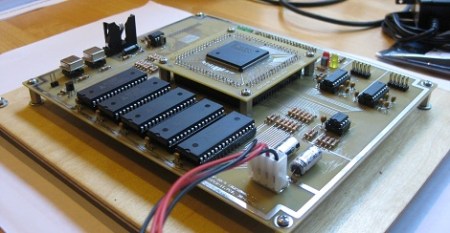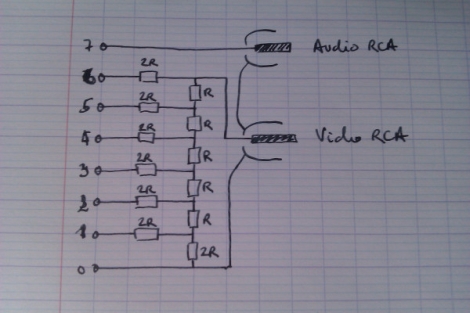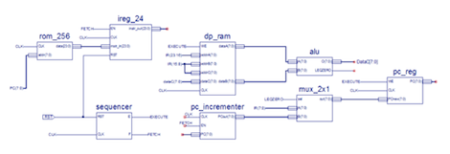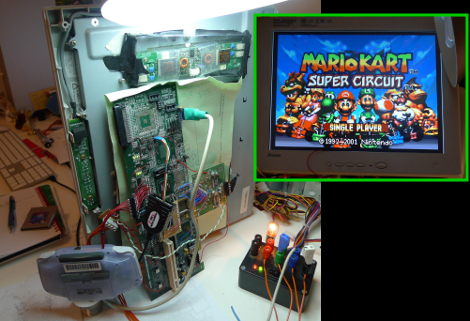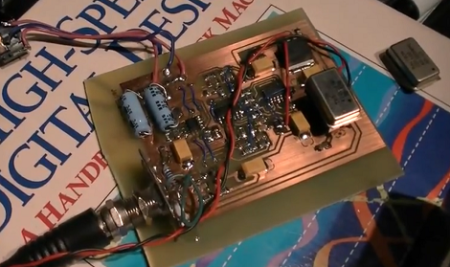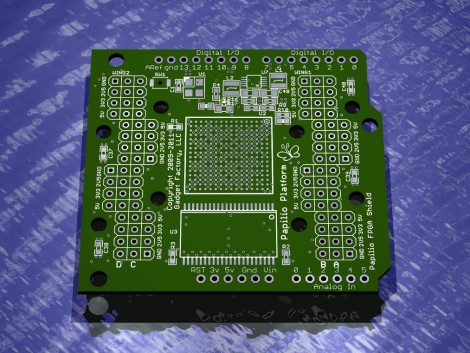[dgcx] has been working on reimplementing a PDP-10/x on an FPGA for the last 2 and a half years. This surprised us because we’re only hearing about this project now.
After designing three versions, [dgcx] eventually ended up with a one-FPGA implementation of a PDP-10 and an awesome PDF writeup. Although PDP-10 emulators do exist, this project isn’t an emulation – the system actually has the 36-bit word length of the original, implemented on five 4096 kilobit SRAM chips. This is a fully functioning replica, and even has CHAOSNET implemented with a small Ethernet controller.

